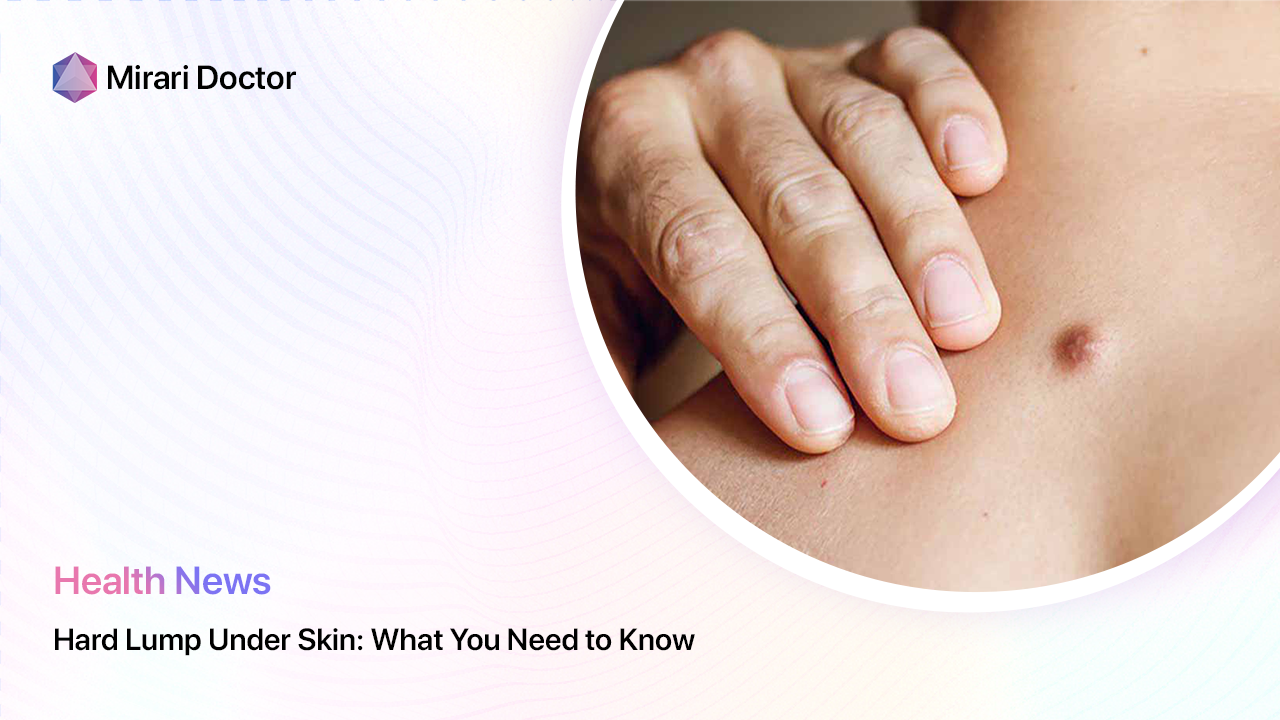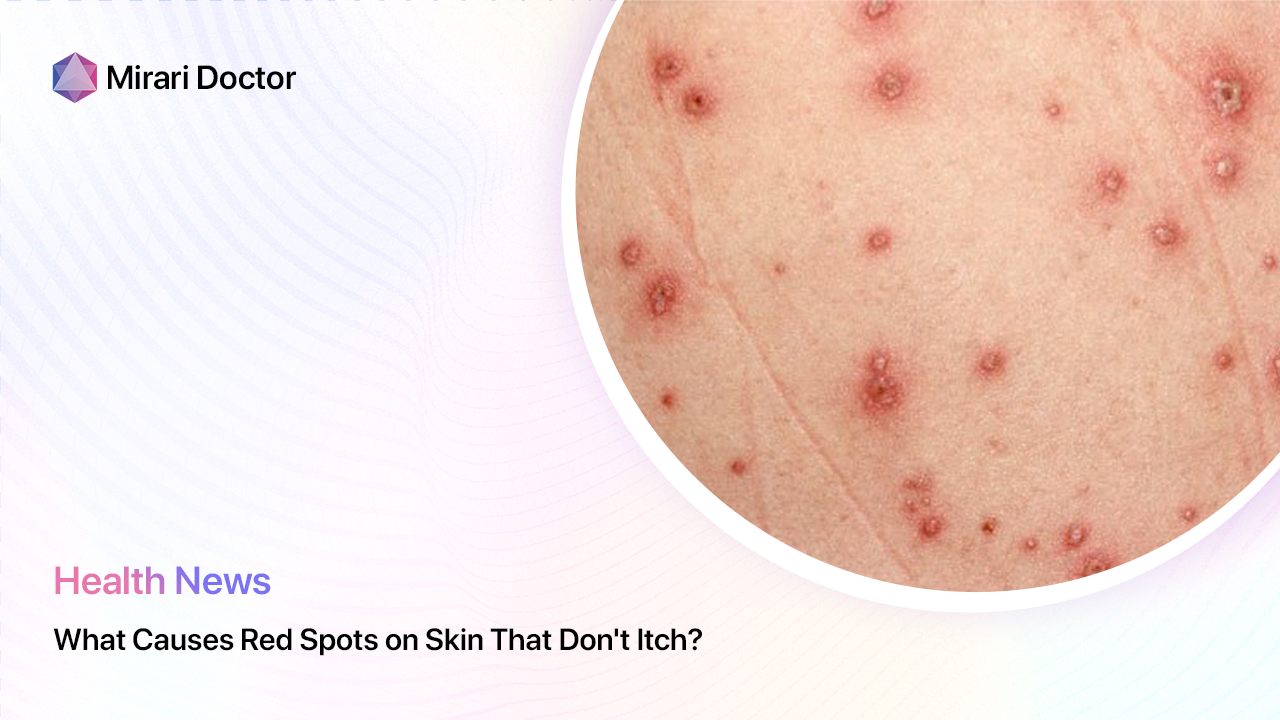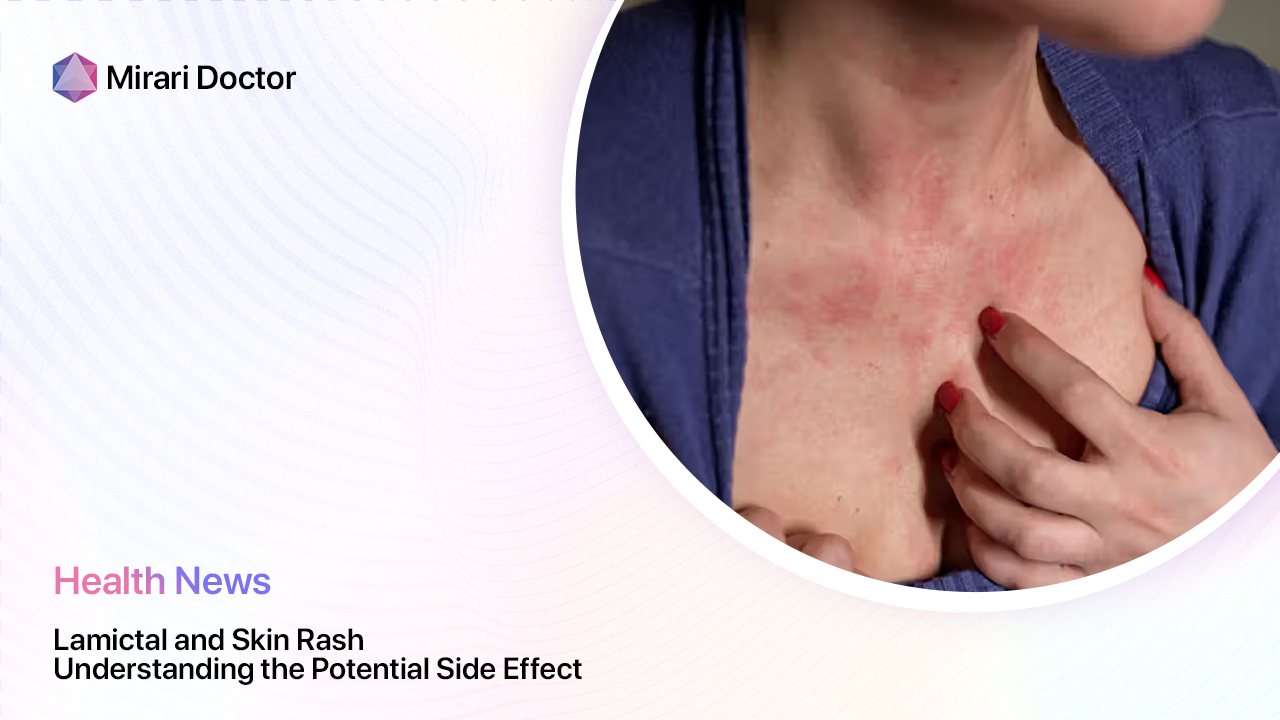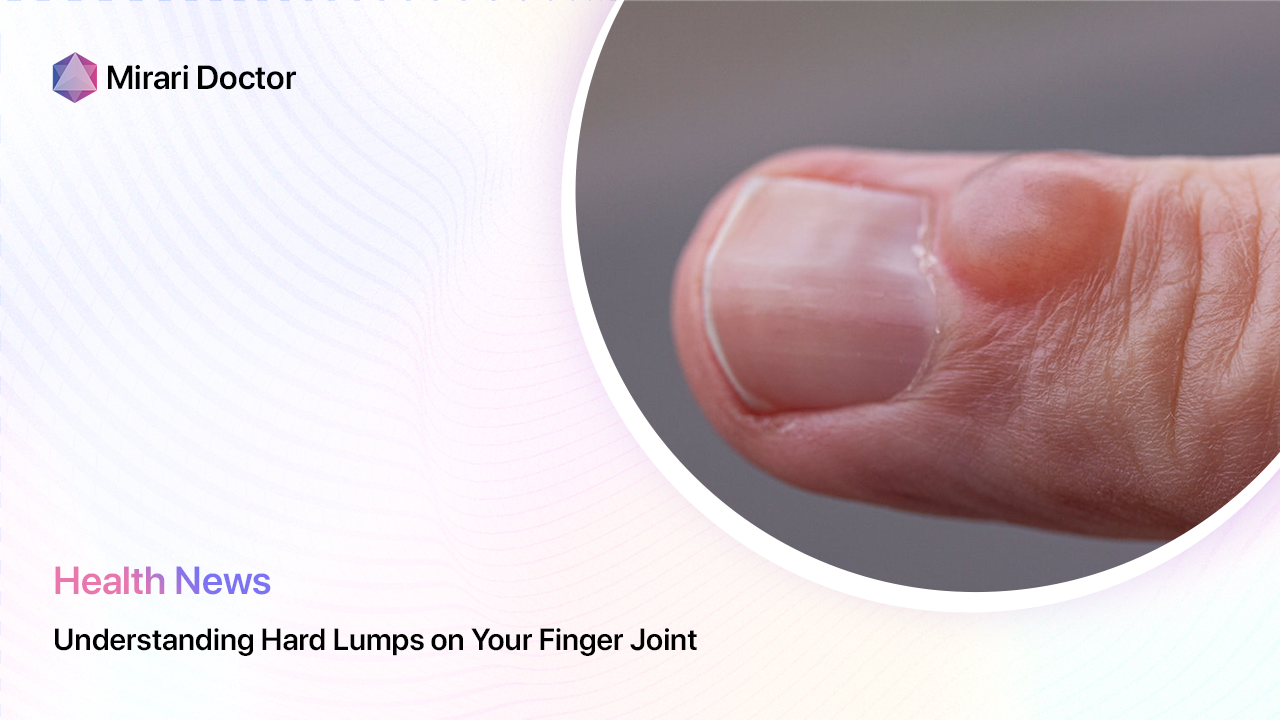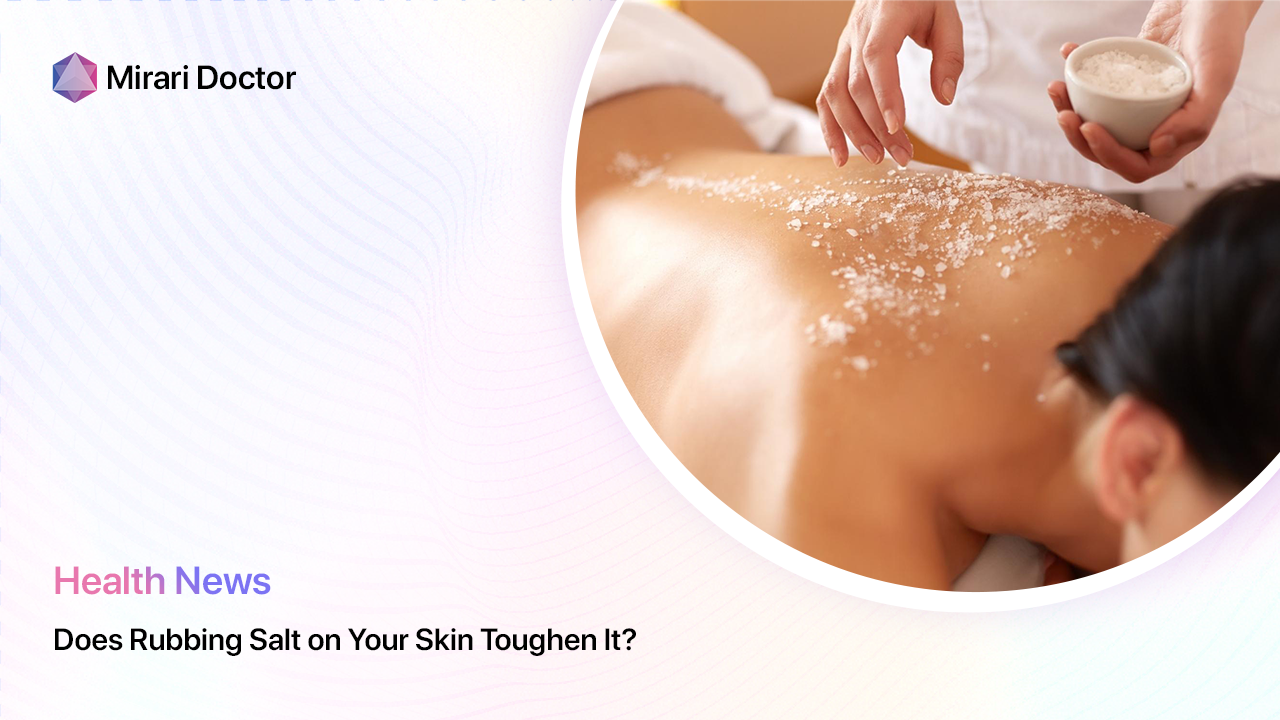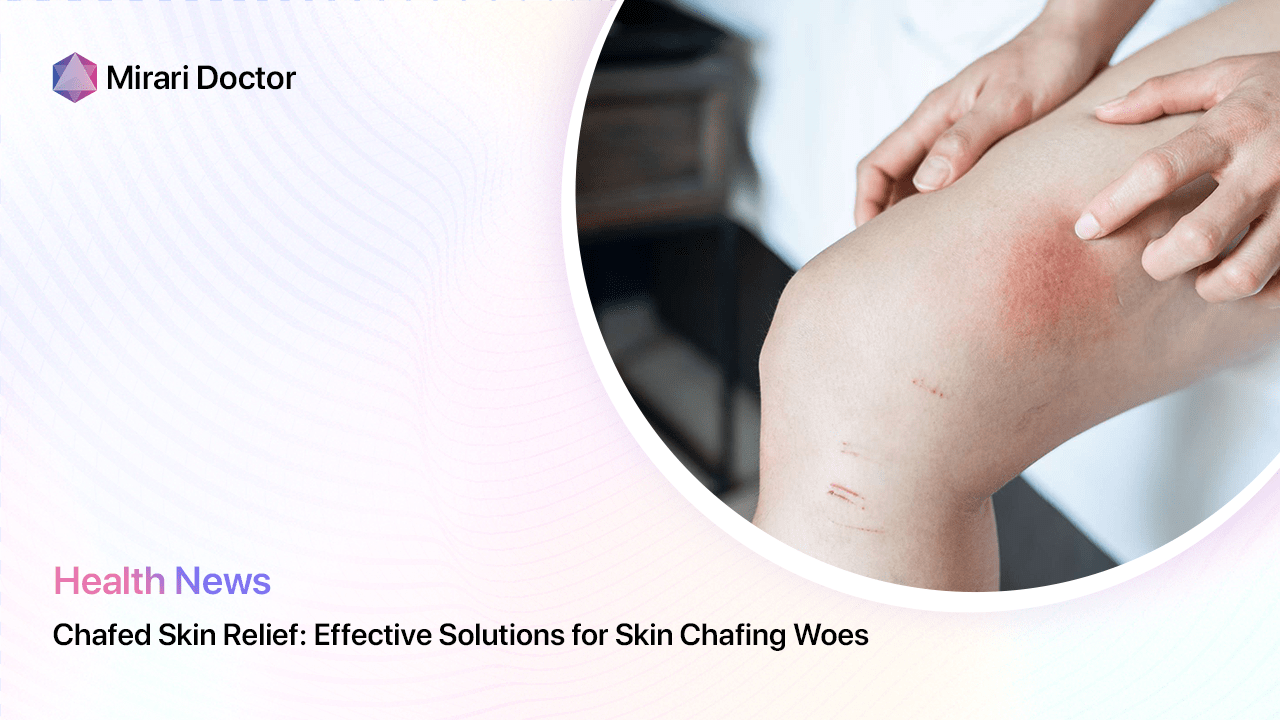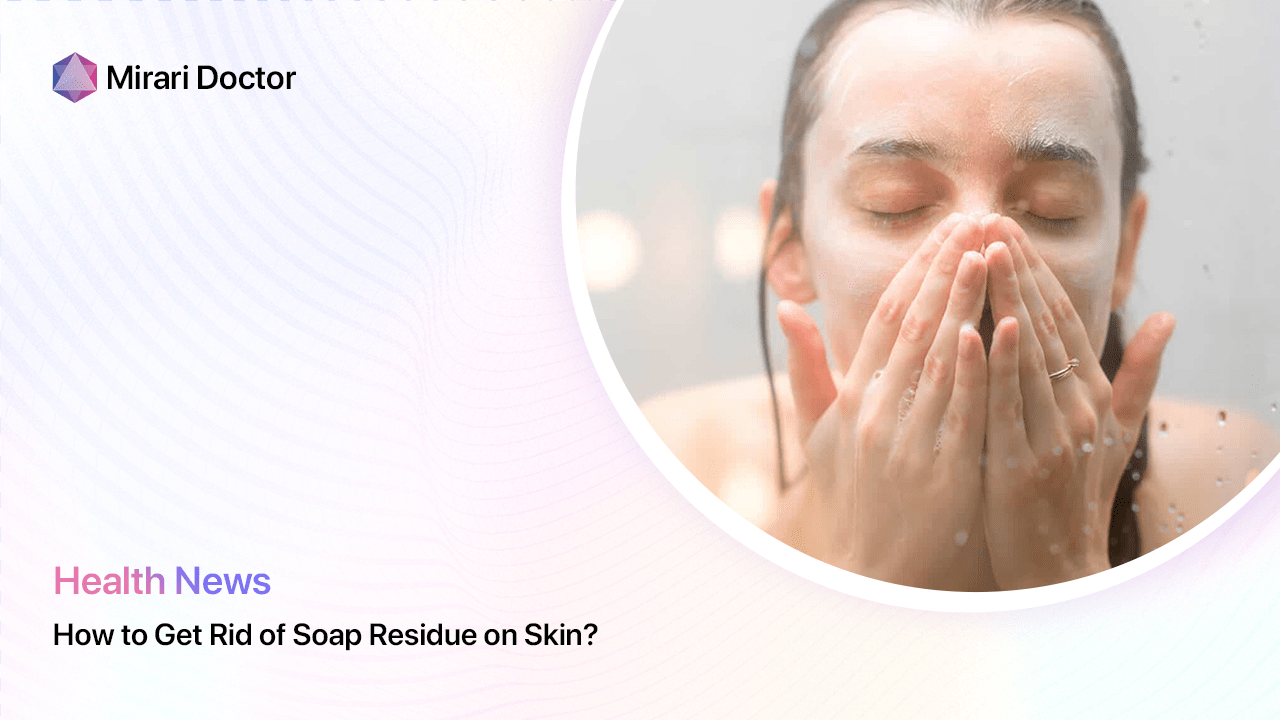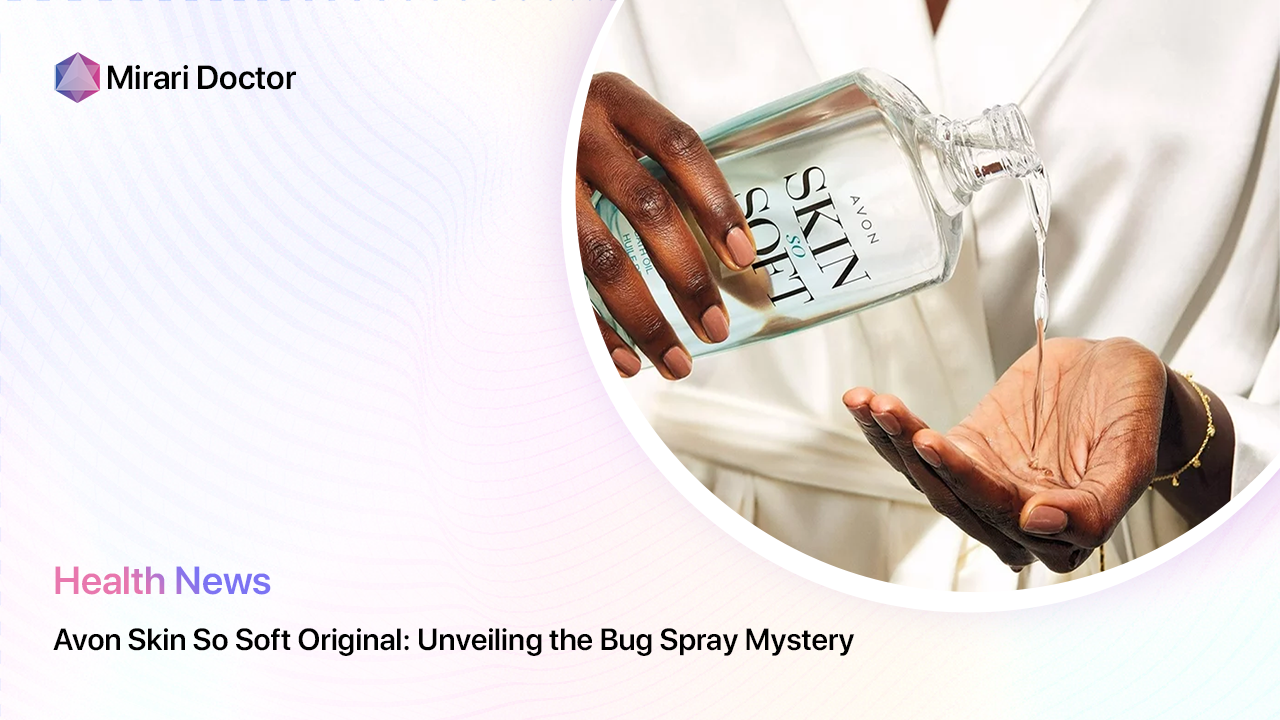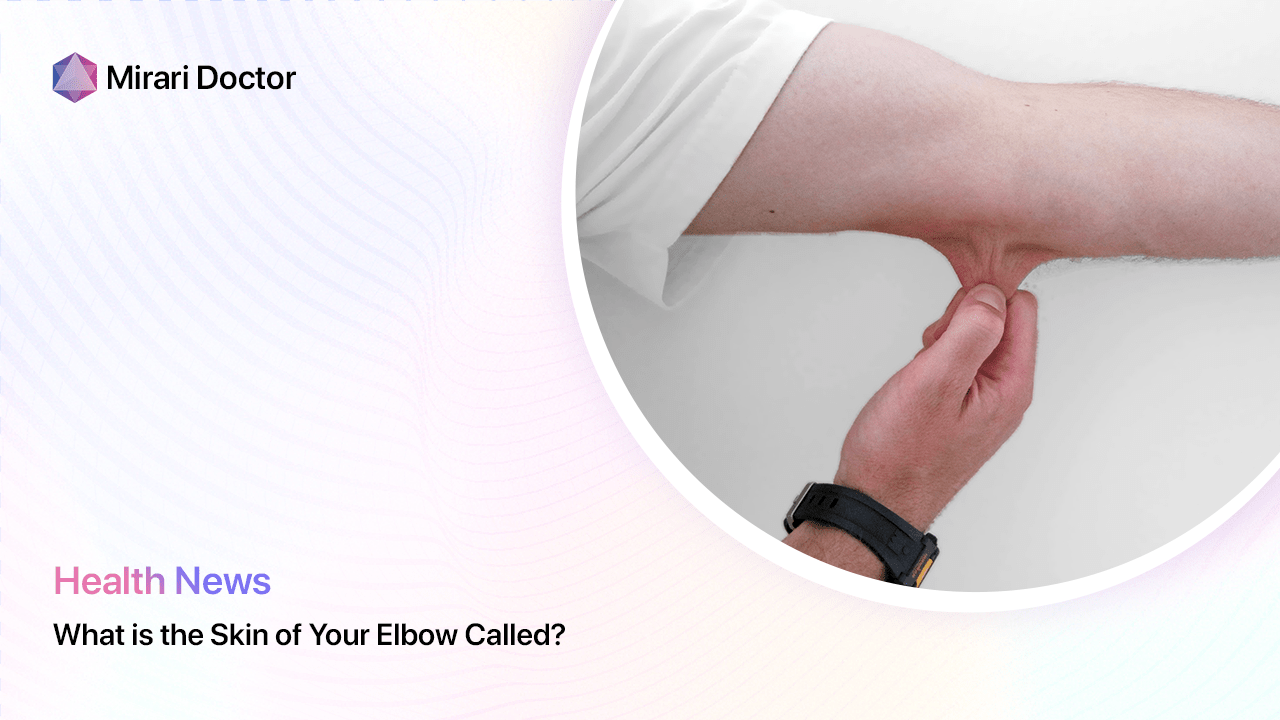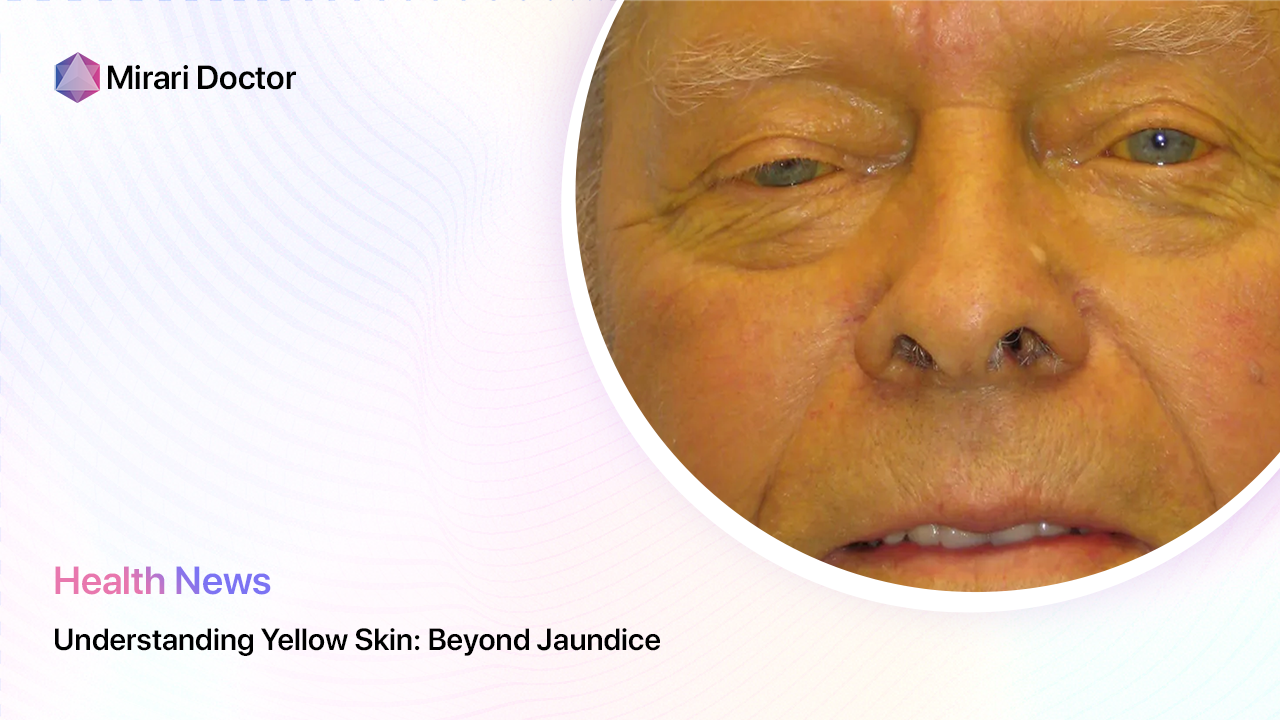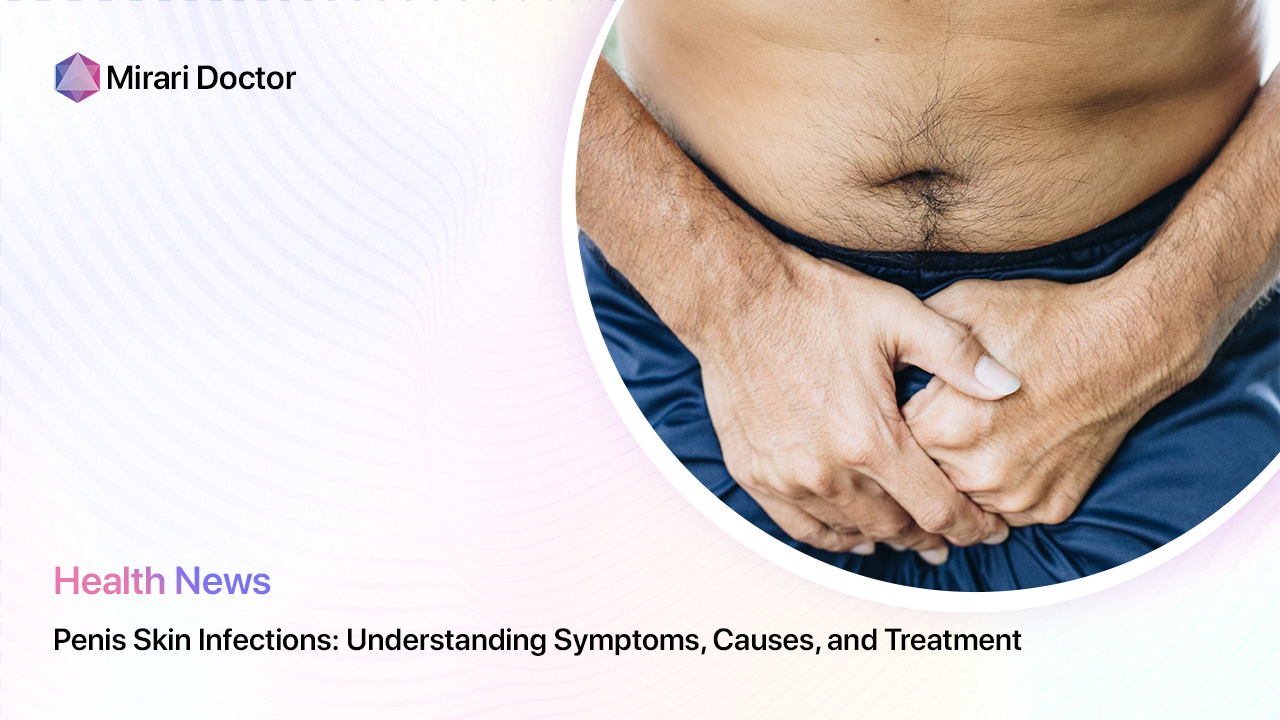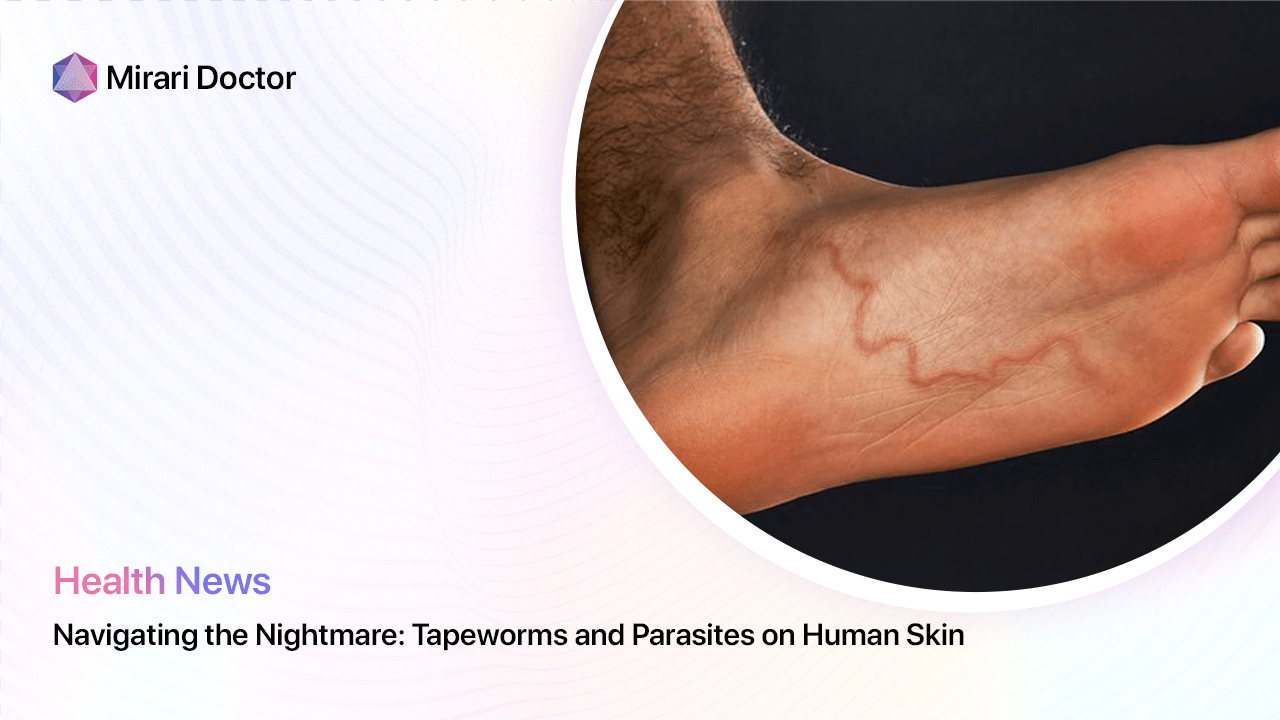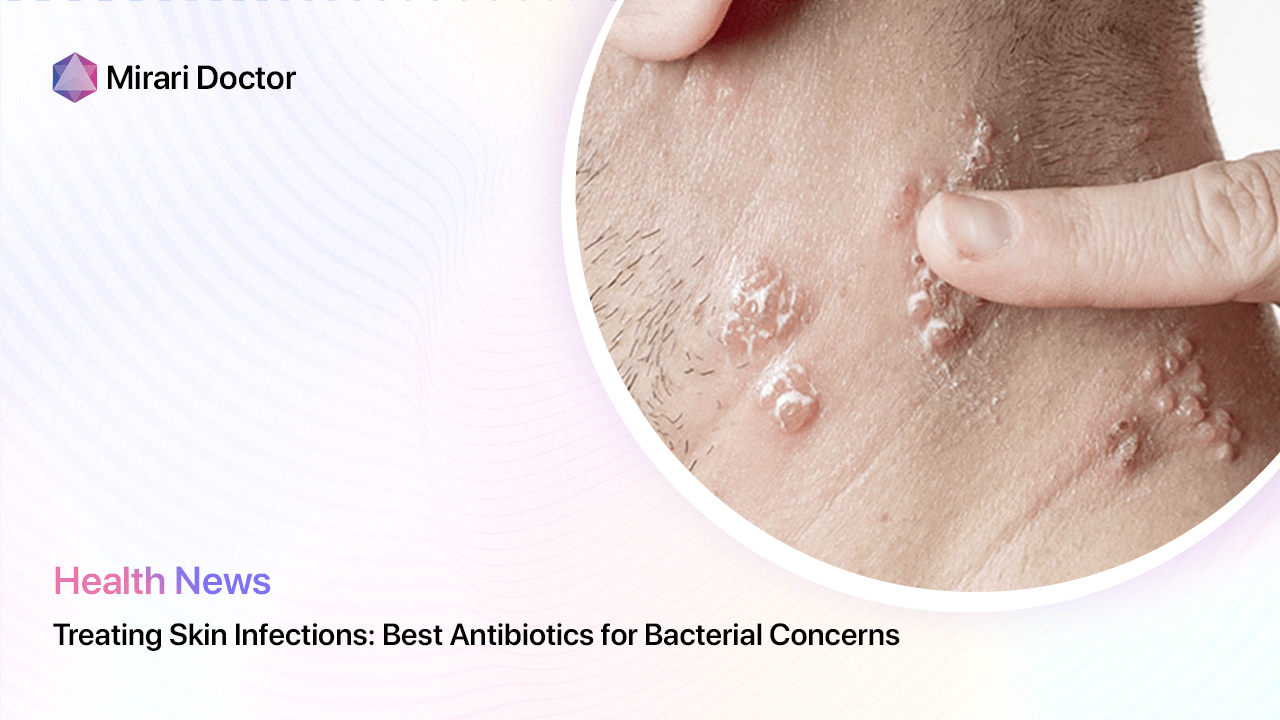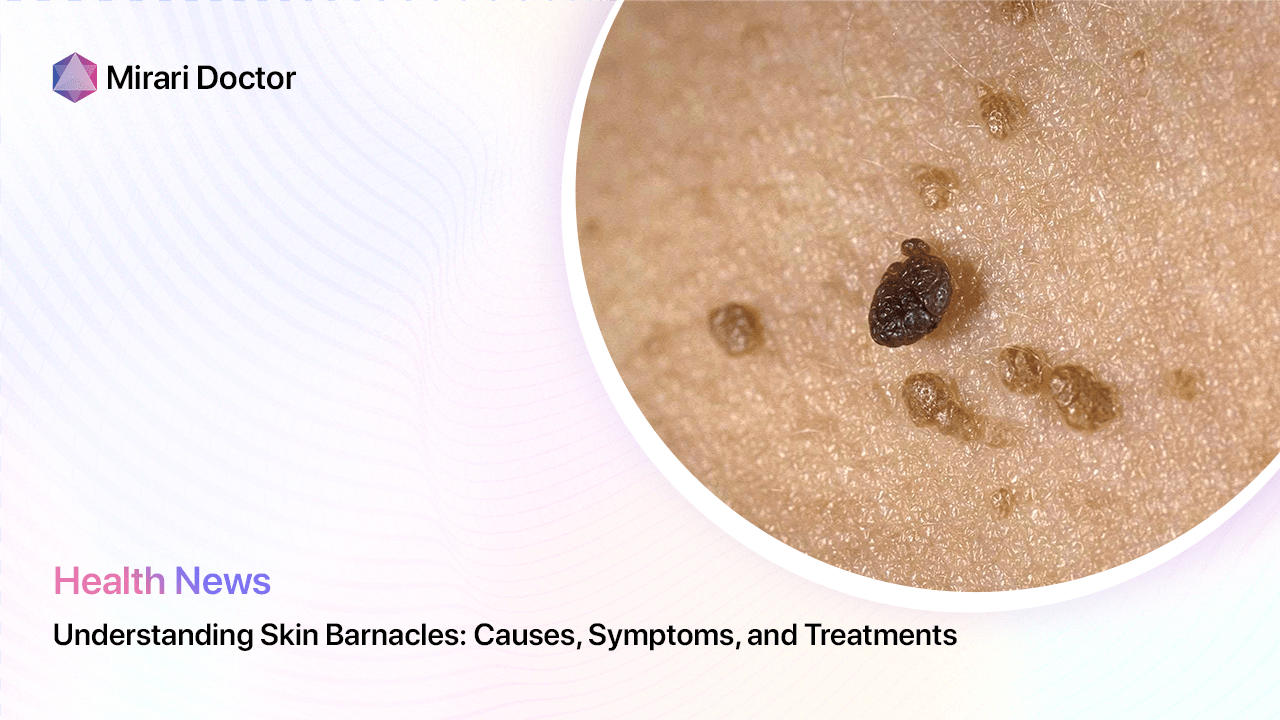
Methyl dihydroabietate is an ingredient used in some cosmetic and personal care products, especially sunscreens. But is methyl dihydroabietate actually safe to use on skin? This compound derived from pine resin offers useful properties, yet potential risks exist depending on the individual. Let’s examine safety evidence and precautions regarding using methyl dihydroabietate on the skin.
What is Methyl Dihydroabietate?
Methyl dihydroabietate is the methyl ester of dihydroabietic acid derived from pine resin. It is also known as:
- Dihydroabietic acid methyl ester
- Abietic acid methyl ester
- Methyl abietate
Methyl dihydroabietate functions primarily as a:
- Film-former – Creates a protective barrier atop skin
- Viscosity controlling agent – Provides right consistency to cosmetic formulas
- Hair fixative – Keeps style in place
It also demonstrates mild emollient properties helping hydrate and smooth skin.
Due to these multifunctional capabilities, methyl dihydroabietate appears as an ingredient in sunscreens, hair gels, conditioners and various skincare products. Now let’s analyze existing safety data regarding dermal use.
Safety Profile of Methyl Dihydroabietate
Safety data directly evaluating effects of methyl dihydroabietate specifically on human skin remains scarce in published research. However, several reputable agencies provide general hazard assessments regarding use in cosmetics:
Low Potential Hazard
- Environmental Working Group (EWG) Skin Deep Database – Does not currently list as restricted or unacceptable compound
- Good Face Project – Gives methyl dihydroabietate an overall safety grade of A
Low Expected Toxicity
- Cosmetic Ingredient Review – No concerns about irritation with concentration and usage typical in cosmetics
- EU CosIng Database – Permitted for use in cosmetic products in EU at typical concentrations
Such ratings suggest methyl dihydroabietate poses relatively low potential concerns regarding skin irritation or systemic toxicity when appropriately formulated in personal care products. However, these conclusions require further verification through direct skin exposure testing on humans.
Now let’s look at anecdotal reports of adverse skin reactions that provide real-world personalized data.
Potential Side Effects on Skin
While generally well-tolerated, some individuals may experience skin sensitivity or allergic contact dermatitis from methyl dihydroabietate exposure:
- Redness and flushing
- Itching, stinging or burning
- Blistering rash – Raised fluid-filled bumps
Such symptoms likely occur in those with contacted sensitivities to pine tree components. People with known allergies to colophony found in adhesives and pine nuts appear most susceptible.
Additionally, the compound itself demonstrates mild-moderate acute oral toxicity in animal studies using high doses. Whether such effects occur from chronic lower level dermal absorption remains unknown.
Bottom line – while serious reactions appear very rare, methyl dihydroabietate still carries potential skin sensitization risk for certain individuals. Let your doctor know about any reactions. Now let’s examine product selection and usage precautions.
Choosing Safer Products
When considering cosmetics and toiletries containing methyl dihydroabietate, following precautions helps minimize risks:
Check Concentration
- Amount present typically under 5% – Higher likelihood of irritation
- Last few ingredients – Minor component so lower exposure
Perform Patch Test
- Apply small dab on skin crease daily for 5-7 days looking for any redness or itching before full usage
- Especially important with leave-on products like creams or sunscreens
Avoid Irritated/Damaged Skin
- Intact skin barrier provides protection so best to avoid using products with methyl dihydroabietate on cuts, eczema, sunburns etc.
While most people tolerate this ingredient well, foregoing use on babies and young children lacking mature skin barrier also makes sense.
Bottom line – the minimal data currently available suggests methyl dihydroabietate has reasonable safety profile in cosmetic products when following suitable precautions.
Now let’s recap key points answering our original question about whether this ingredient makes skincare and cosmetics safe to use.
Conclusion – Appropriately Formulated Products Appear Safe
Current evidence suggests methyl dihydroabietate poses low hazard concern for skin irritation or systemic toxicity when appropriately formulated in typical cosmetics and personal care products:
- Non-restricted listing by EWG Skin Deep safety database
- Listed as safe for use in cosmetics by EU regulatory agencies
- Likely low exposure risk when concentration kept under 5% as a minor component
However, potential exists for skin sensitization and allergic dermatitis in those contacted allergic to pine-derived resin components. Discontinue use immediately if any reaction occurs.
Bottom line – methyl dihydroabietate does not make cosmetic products inherently unsafe, yet suitability differs based on individual skin needs and product formulation. Seek personalized guidance from your dermatologist regarding usage safety if uncertain.
Now let’s examine some frequently asked questions about methyl dihydroabietate skincare safety.
FAQs – Methyl Dihydroabietate and Skin
Does methyl dihydroabietate clog pores or cause acne?
Little evidence shows methyl dihydroabietate causes or worsens acne. As an emollient, it helps fill gaps between skin cells trapping moisture. This temporarily plumps skin reducing the look of fine lines and wrinkles. Any pore-clogging effects appear very unlikely.
Is methyl dihydroabietate natural or synthetic?
Methyl dihydroabietate is derived through chemical conversion of resin acids naturally found in pine trees using methanol. So it is a semi-synthetic compound, being partly man-made yet originating from natural pine sources.
Are products with methyl dihydroabietate reef-safe?
No data confirms whether methyl dihydroabietate specifically poses coral reef hazard. However, as a compound partly derived from pine resin, using caution regarding ocean ecosystem contamination still makes sense when formulating sunscreens and other beach products containing this ingredient.
Can you use methyl dihydroabietate while pregnant or nursing?
No studies evaluate maternal fetal safety or passage into breastmilk. To exercise utmost caution, best to avoid regular use of products containing methyl dihydroabietate during pregnancy and lactation until more data becomes available.
Discuss any concerns over personal exposure with your doctor, especially if any known pine allergies exist.
While current evidence suggests reasonable safety, individuals vary – so monitor your skin closely and avoid all exposures triggering any reactions. Your dermatologist can best advise on personalized product ingredient safety.
References
- Nohynek GJ, Antignac E, Re T, Toutain H. Safety assessment of personal care products/cosmetics and their ingredients. Toxicol Appl Pharmacol. 2010;243(2):239-259. doi:10.1016/j.taap.2009.12.001.
- Soni MG, Taylor SL, Greenberg NA, Burdock GA. Evaluation of the health aspects of methyl esters of fatty acids: Methyl laurate, methyl myristate, methyl palmitate, methyl stearate, and methyl oleate. Food Chem Toxicol. 2002;40(4):473-482. doi:10.1016/s0278-6915(01)00119-7
- Raje RR, Bhatia NM, Padwal RY, Mali VR, Dhasdoya SV. Ecofriendly natural polymer binders: Pollen removal from crude emulsion of pine resin using biotechnology. J Pineal Res. 2022;72(3):e12781. doi:10.1111/jpi.12781
- Ahmed MM, Nasr AH, Ibrahim SF, El-Sawi DA. Formulation and evaluation of hair fixative products containing Cypress seed gum. J Cosmet Sci. 2021;72(1):30-42.
- World Health Organization [WHO]. Data gaps and overestimation of relative skin sensitization potency by the Local Lymph Node Assay (LLNA) for total hydroperoxides [Thesis]. 2017 Sept 22 [cited 2023 Feb 19]. Available from: https://ec.europa.eu/growth/tools-databases/cosing/pdf/A0065_whocc20141210.pdf
Related articles
Made in USA


